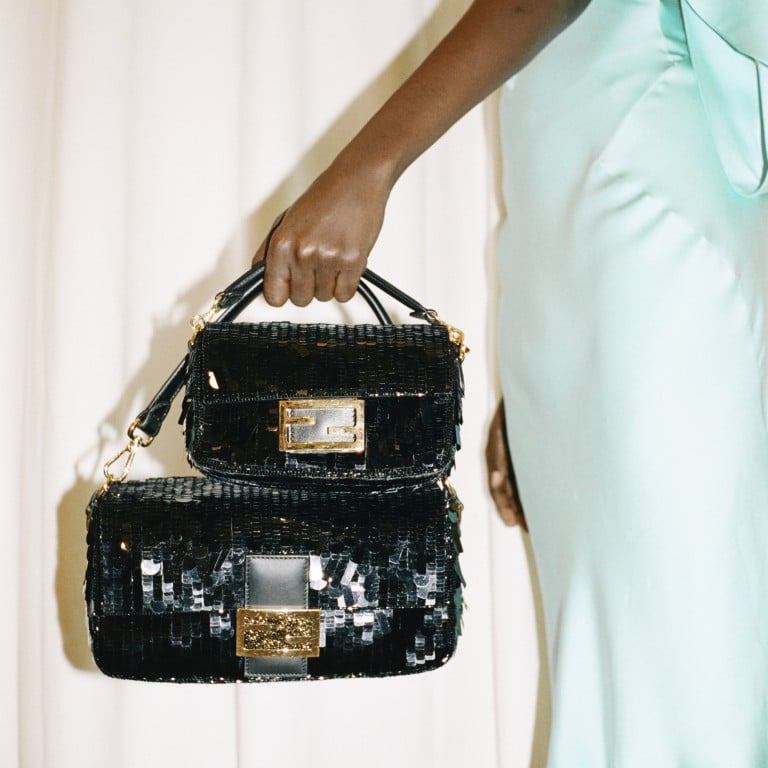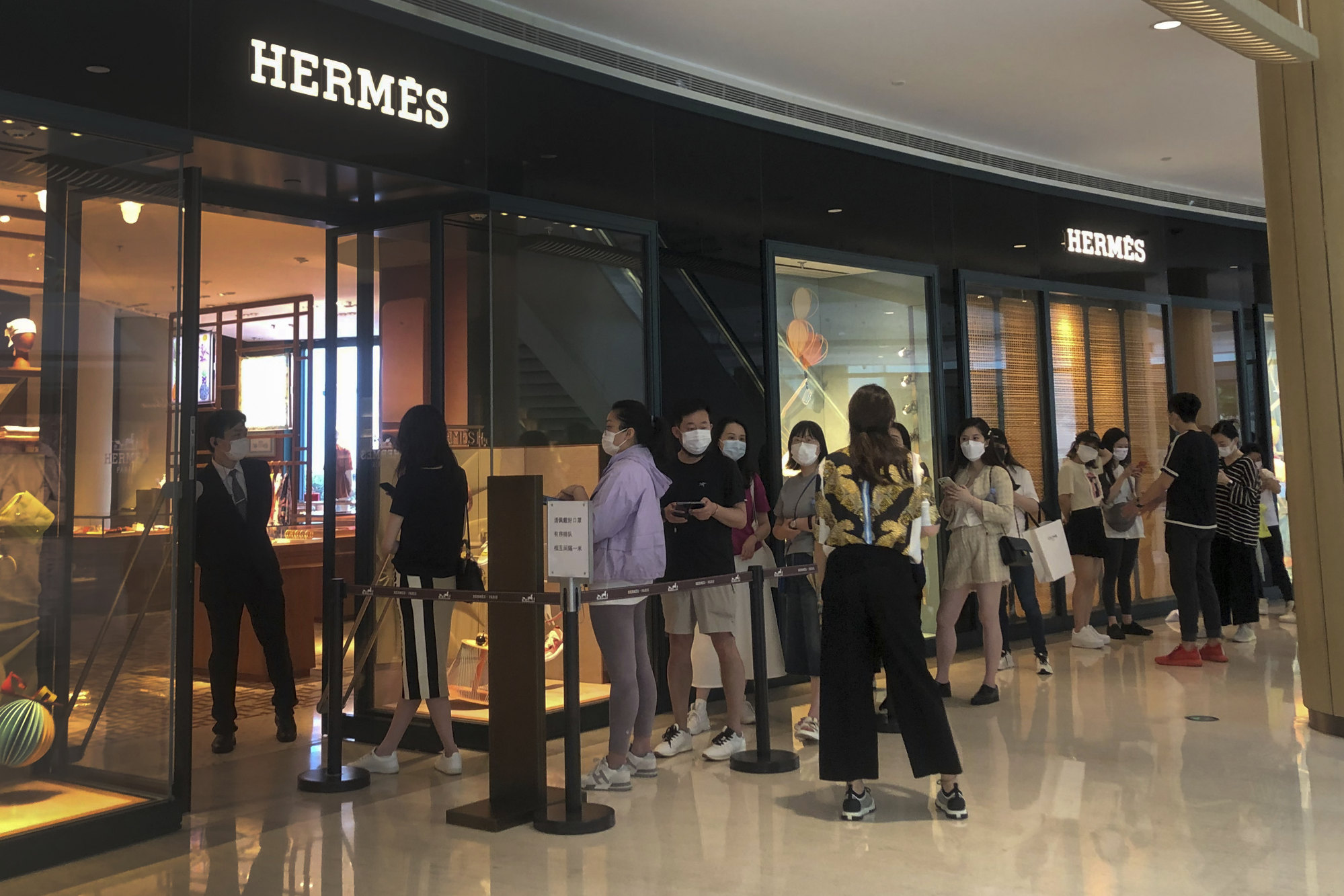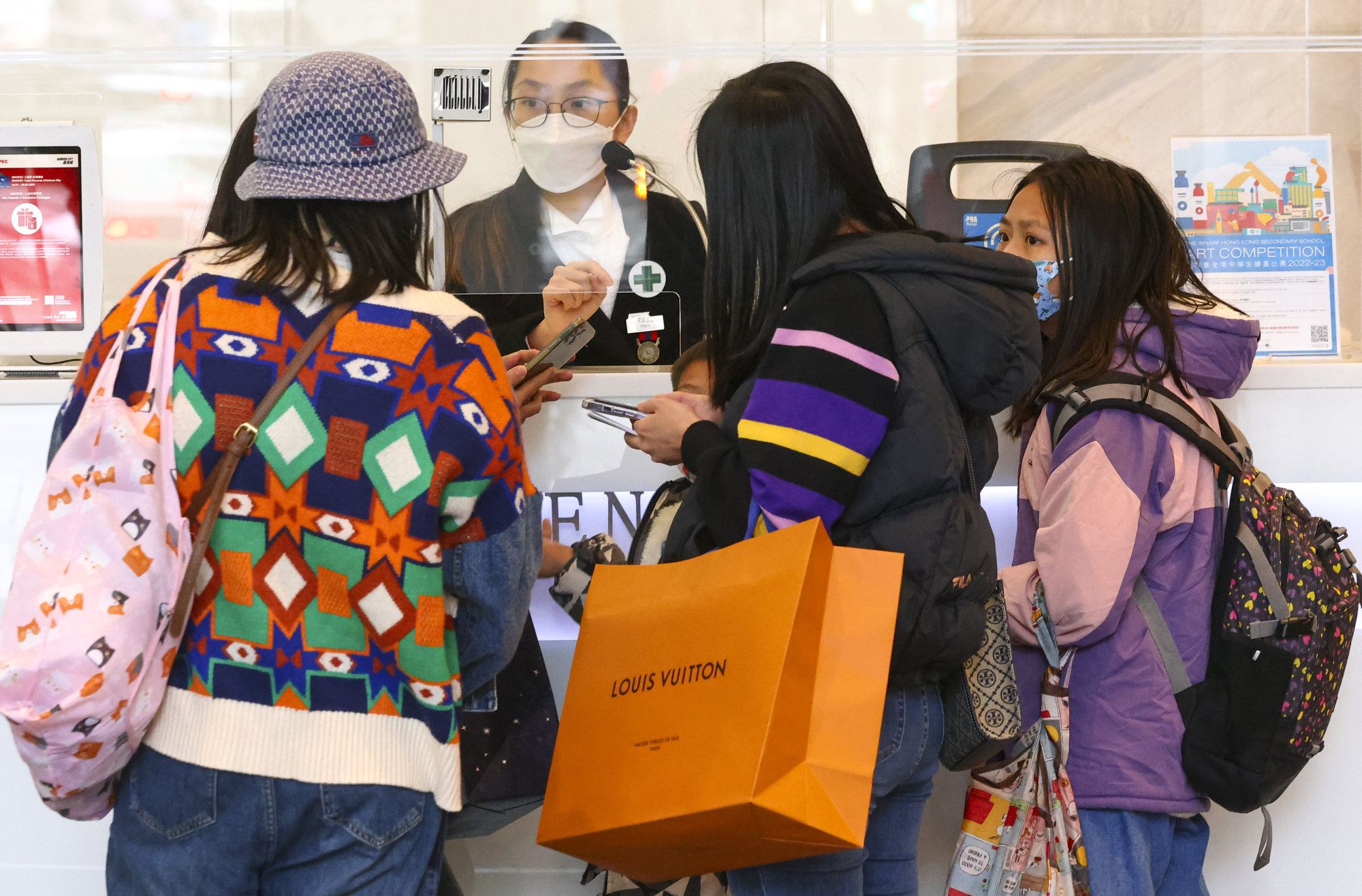Millennials, Gen Z and Gen Alpha, luxury’s biggest consumers by 2030: the world’s youngest demographics are investing in Chanel handbags and splurging on ‘post-streetwear’, gender-fluid fashion

Generation Y, Z and Alpha consumers are not afraid to splurge when it comes to luxury – and their luxury bills are only expected to get bigger.


Millennials born between 1980 to 1994 are dubbed Generation Y, whereas Generation Z refers to those born between 1995 and 2009. Those born after 2010 are part of Generation Alpha.
Not only will they be the biggest spending group, but Generation Z’s and Generation Alpha’s spending is also slated to grow three times faster than other generations by 2030, occupying a third of the luxury market. This is a reflection of the generation’s “precocious attitude toward luxury”, the Bain report states.
Which luxury brands will launch BTS members as their global ambassadors next?
These shifting trends have already become noticeable

Insider reported in December that a vast number of young Americans between the ages of 18 and 29 are opting to live with their parents – at a level not seen since the Great Depression era – which is likely freeing up disposable income for luxury spending. Insider also looked at the spending habits of the youth and spoke to 20-somethings who live at home and splash out on cars, designer handbags and nightclubs.

For example, a Chanel Medium Classic Flap bag was sold at an average of US$3,900 in 2011, based on data compiled by Nasdaq. A decade later, the value skyrocketed to an average of US$7,800. A bag bought in 2011 could have yielded a 200 per cent return on investment in 2021.
Drawing parallels to the S&P 500 index, a dollar invested in 2011 could net a return of around 149 per cent in 2021, showing that certain luxury goods are not just a fashion investment for self-indulgence, but they have the potential to be profitable financial investments.
7 handbags named after famous female icons, from Princess Diana to Selena Gomez
Apparel led the growth within personal luxury goods sales in 2022


Bain notes a record growth in luxury shoes, where Generation Y, Z and Alpha are not splurging on the iconic Nike Air Jordan 1 trainers, but instead making purchases in Birkenstock-looking shoes – formerly known as “fussbett sandals”. These sandals typically have a raised platform sole that’s made of lightweight material, and it has straps or buckles to secure your feet.

- According to a new study by Bain & Company, the luxury market’s consumer base will reach 500 million by 2030 – with the world’s youngest consumers making 80 per cent of purchases
- Web 3.0 and the metaverse are sure to draw in more Gen Y, Z and Alpha buyers, who aren’t shy to splurge … but go for Birkenstock-like ‘fussbett sandals’ over Nike sneakers